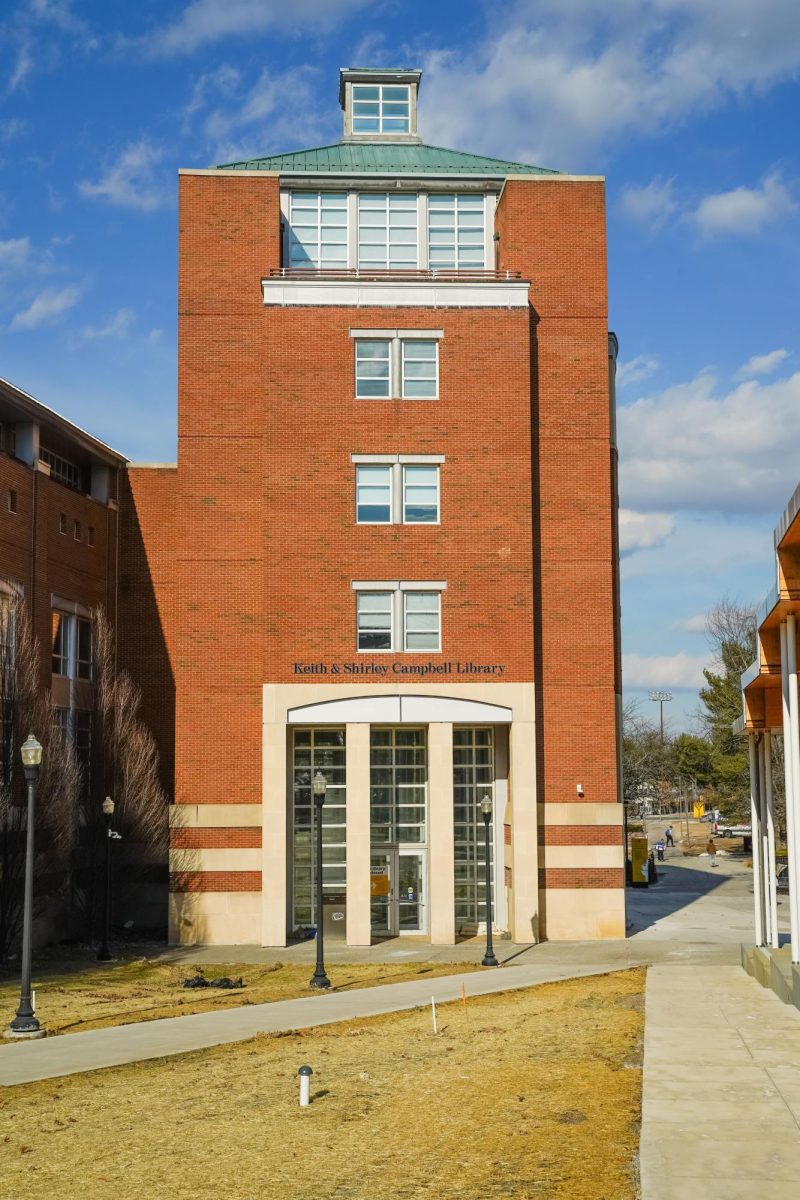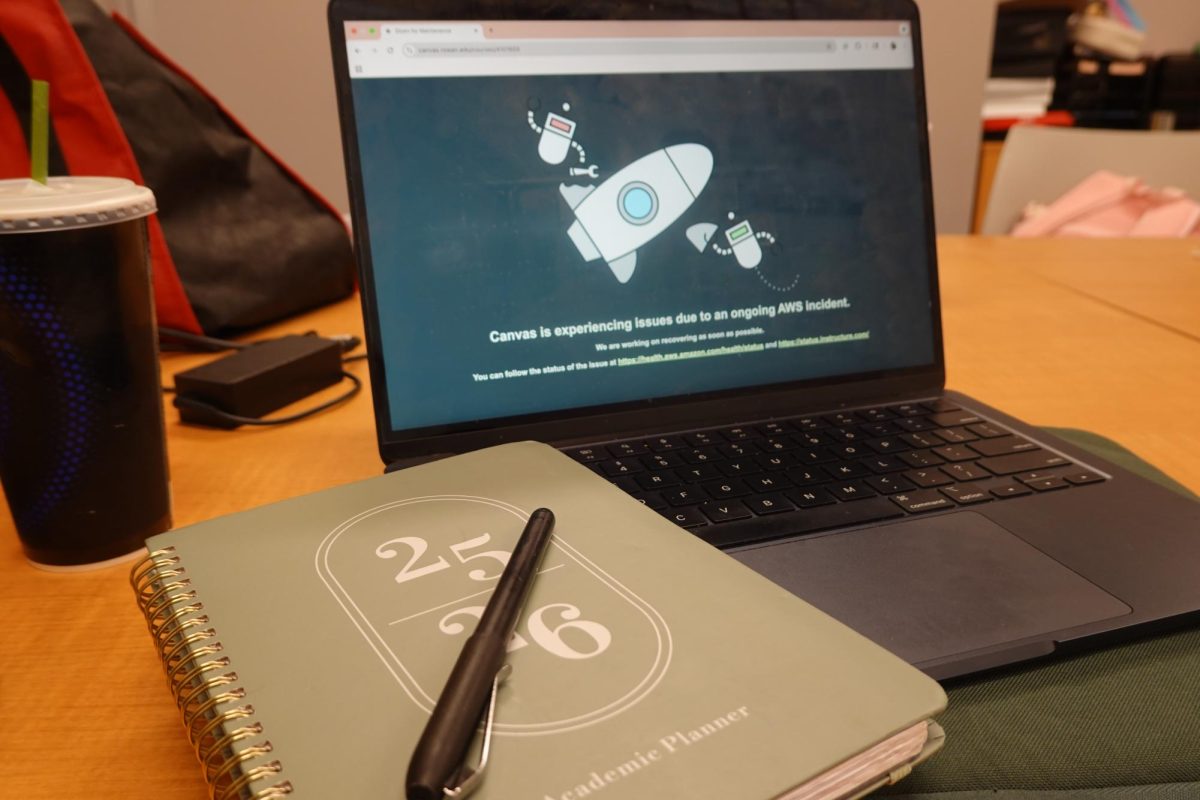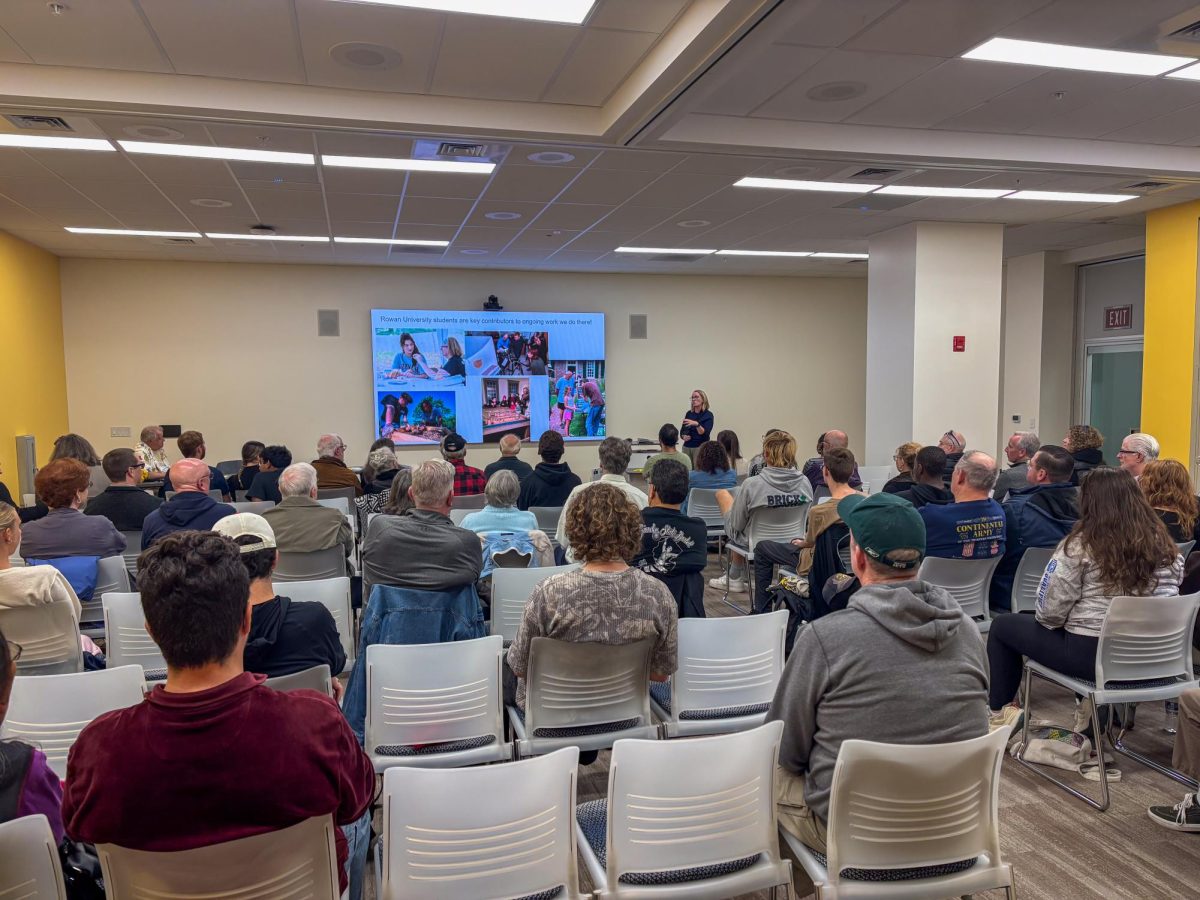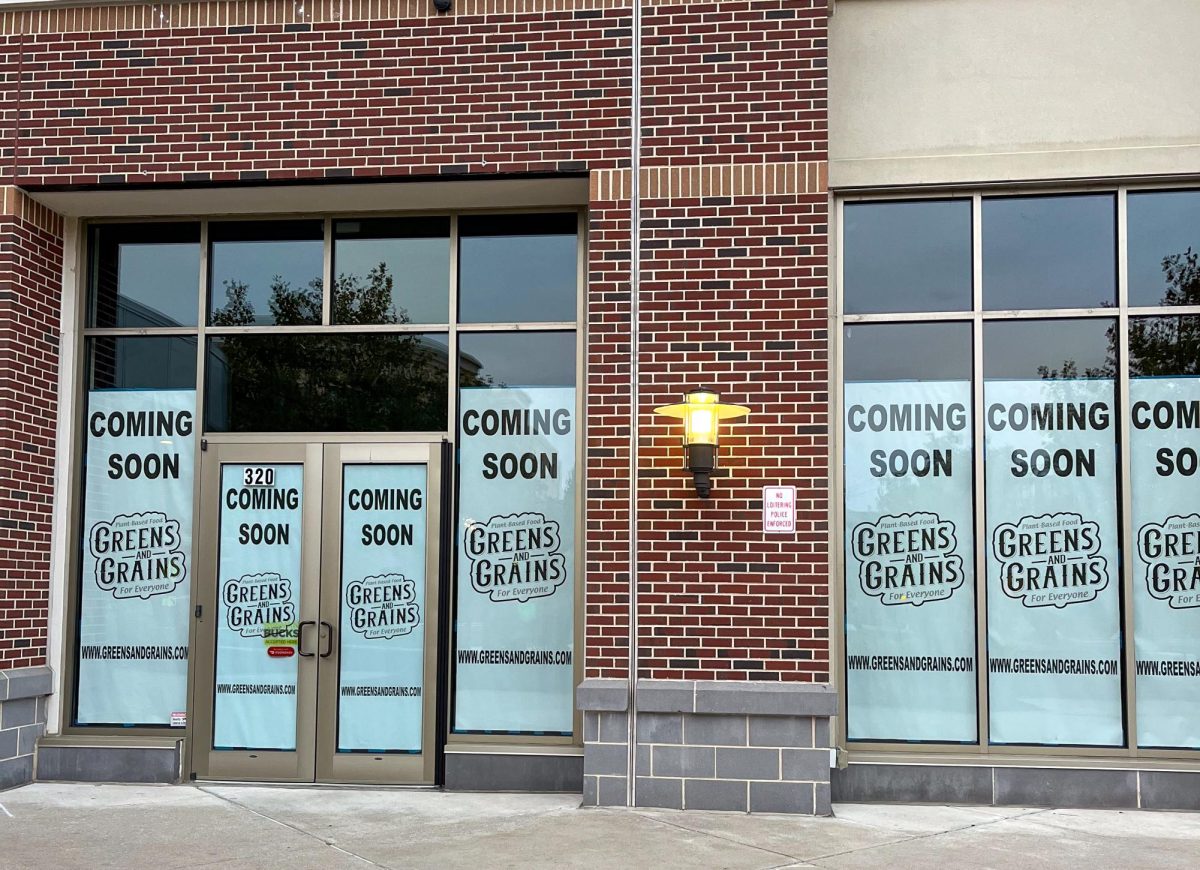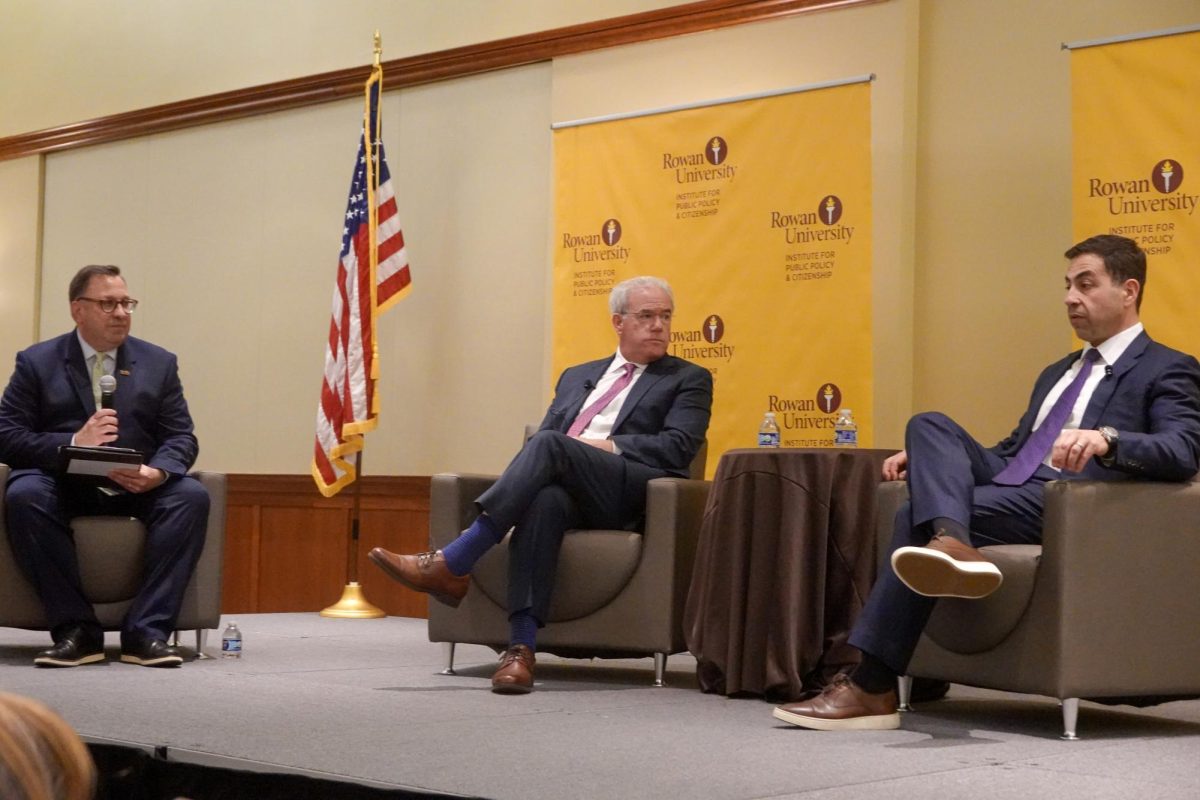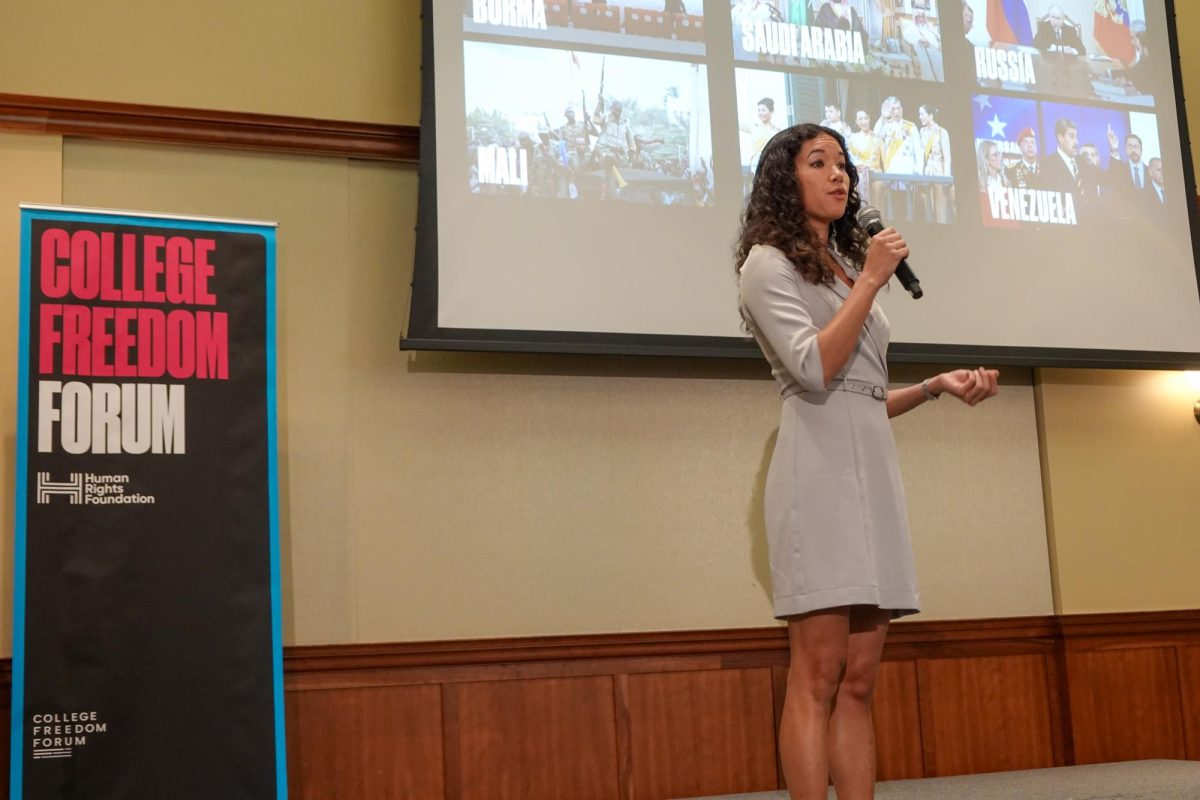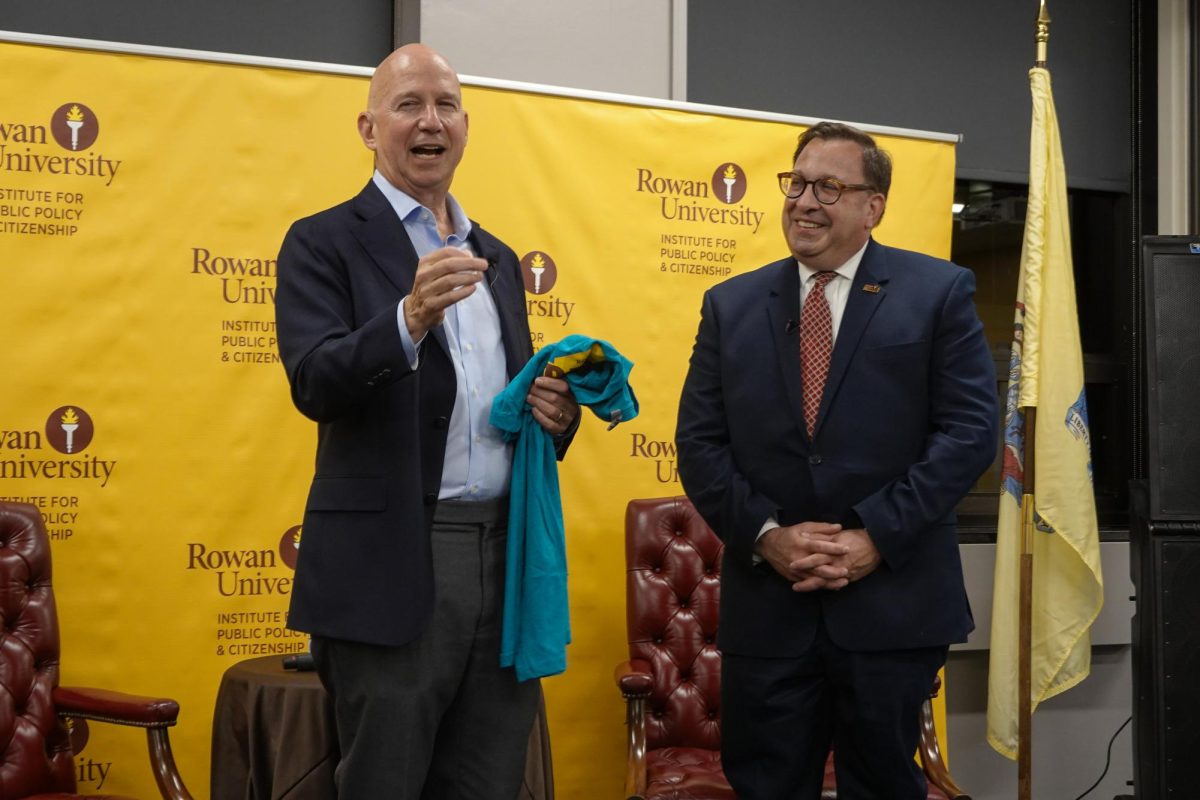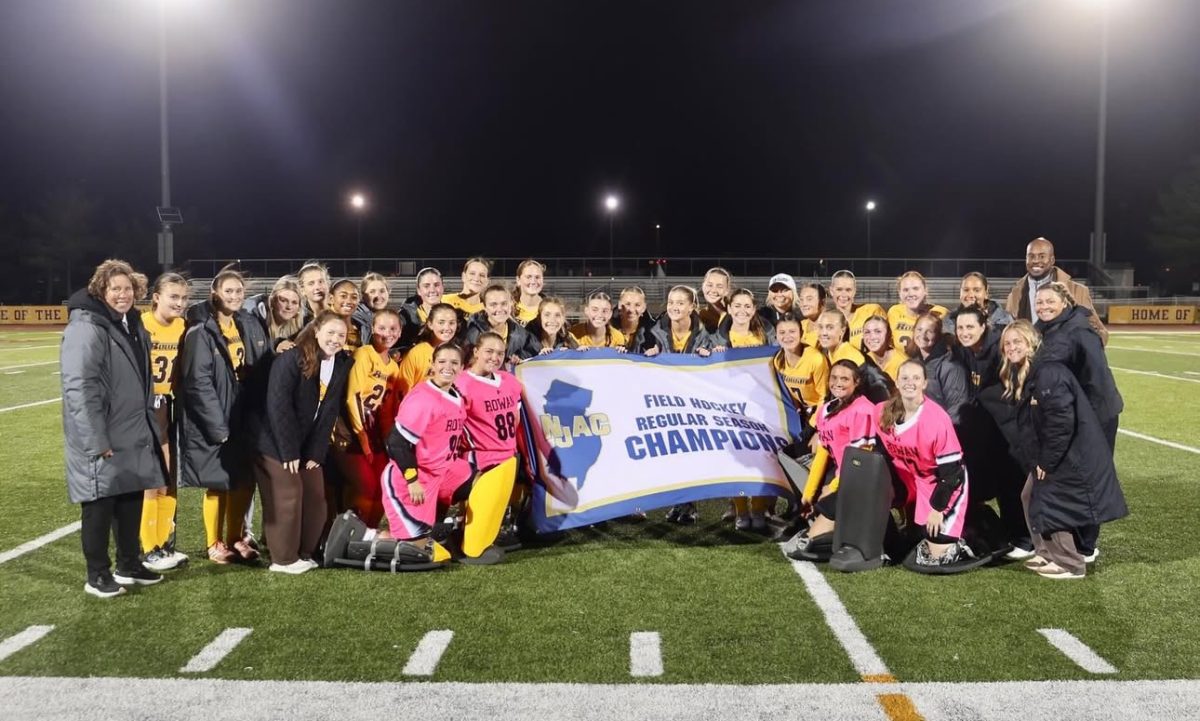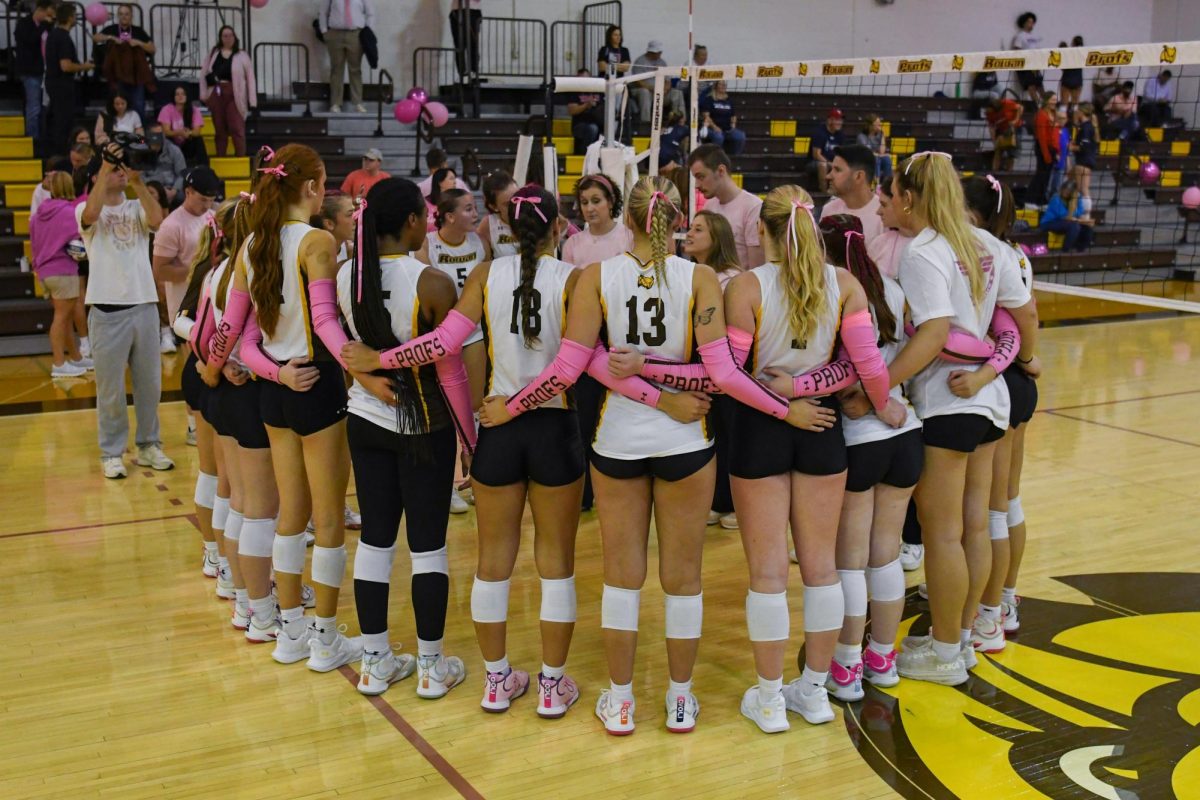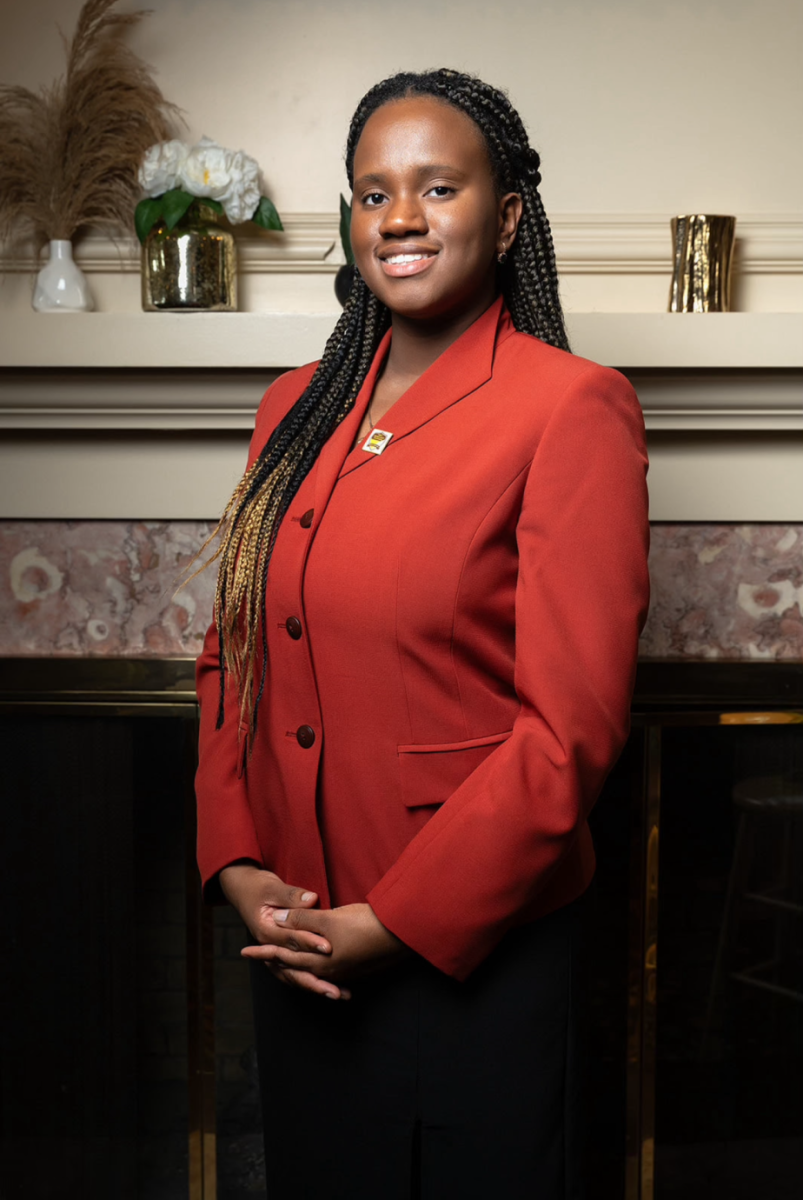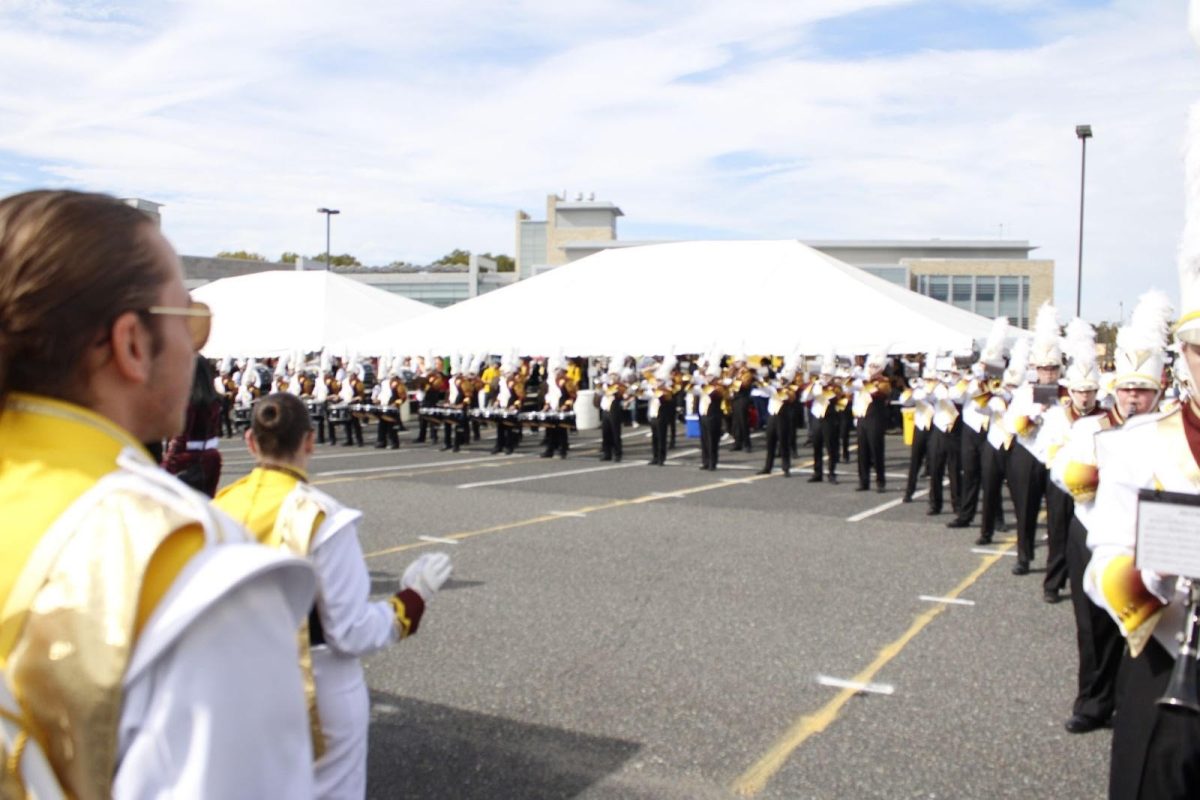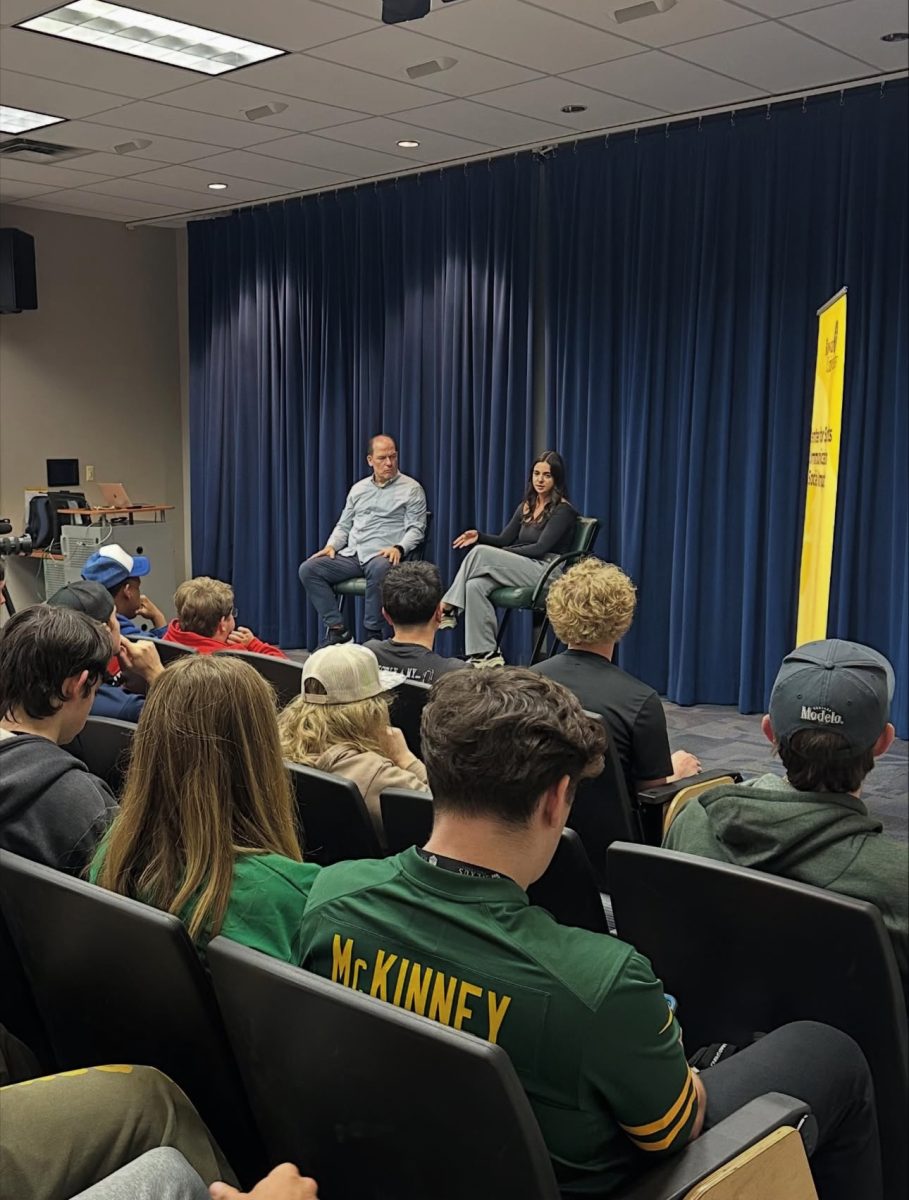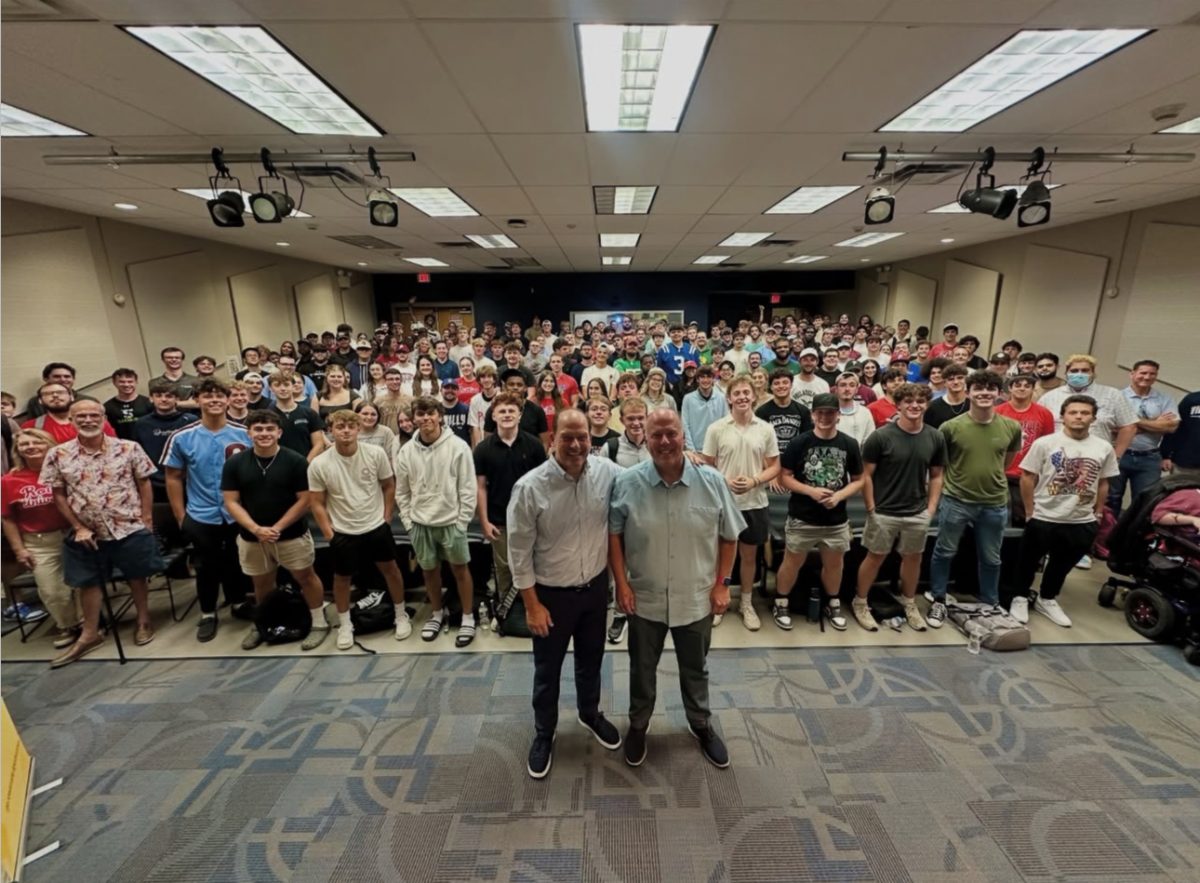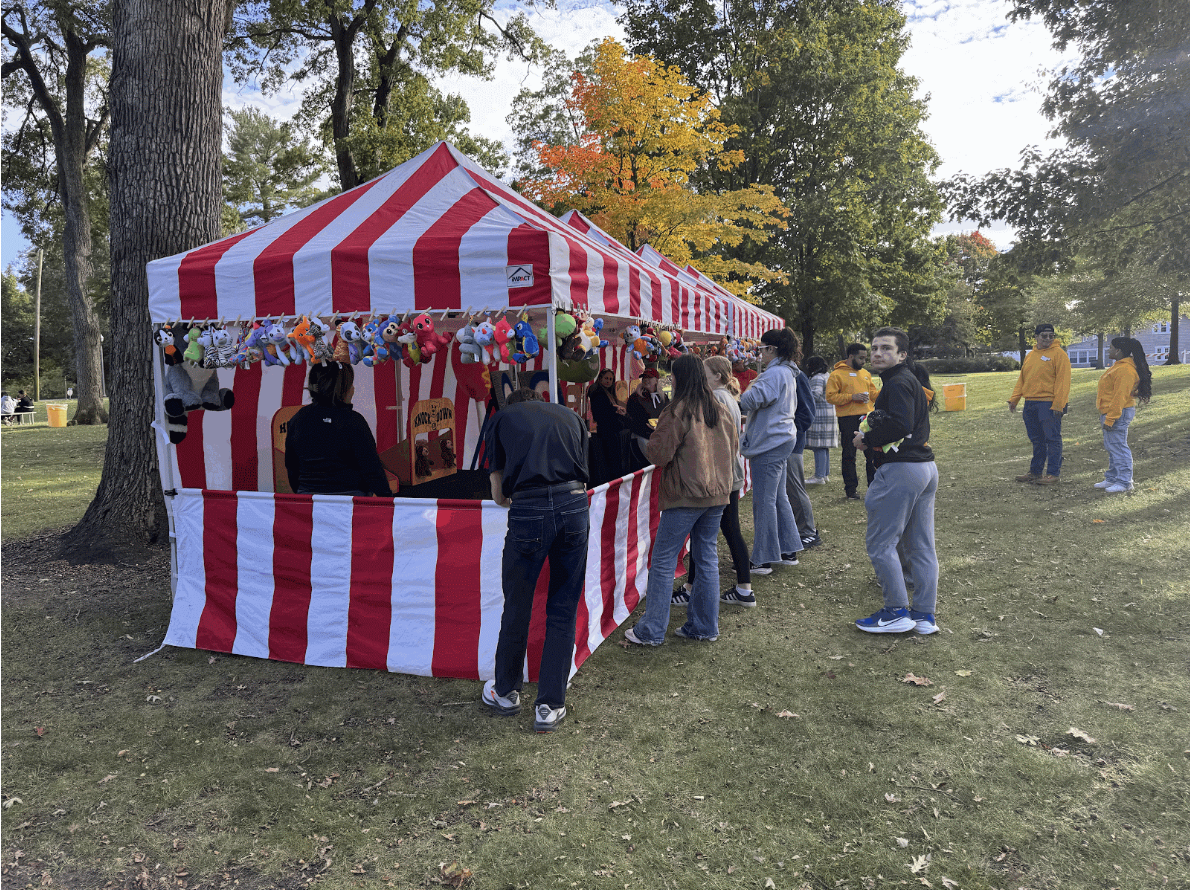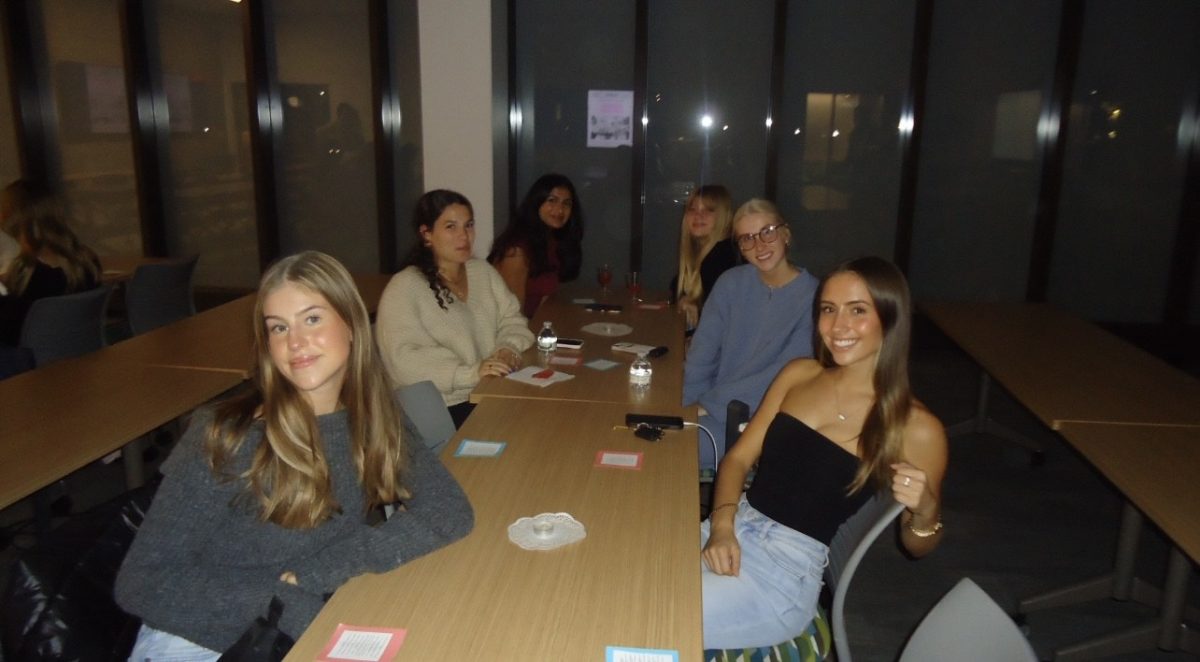For students new to the medical research process, looking for accurate sources and searching databases may be an overwhelming task. Associate Professor Benjamin Saracco and Assistant Professor Marlowe Bogino hosted a talk on Oct. 26th on Zoom, called “Demystifying Journal Selection for Medical Researchers” to help students feel more confident about submitting their research and trusting medical journals.
Cooper Medicine School of Rowan University (CMSRU) has a library filled with e-books and online journals for faculty members and students. It may be difficult to figure out where their research should be published, but Saracco and Bogino ease that difficulty in this presentation, by giving tips on how to find the right journals for students to submit their research to, and how to make sure one understands journal articles from the CMSRU library.
Saracco goes over the first section of this talk called “Manuscript writing and preparation,” where he discusses where specific types of papers should be submitted, such as case reports and clinical trials.
“Using case reports as an example, not all journals accept case reports, sometimes they’re by invitation only, and also it is important to know whether it is Hybrid Open Access or Gold Open Access which means you may have to pay a publication charge,” said Saracco.
Another section in the presentation is called “Open Access Primer.” Open Access journals usually do not charge a publishing fee, and there is a higher chance of your work being read if it’s published in Open Access. There are four types of Open Access journals: gold, green, hybrid, and diamond.
Gold Open Access means free and immediate access to their article. Green means the author and publisher agree to make their article available publicly through a website or personal archive. Hybrid means a subscription journal becomes Open Access after payment of a publication fee. Diamond Open Access is where scholarly articles are published for free and is funded by nonprofits, government agencies, and research institutions.
One of the last important sections the host covers is called “Predatory Journals,” which are journals that seem trustworthy but really can be created by hackers to lure students in by telling them their work will be published fast, even though they are really charging unnecessary fees, hijacking an existing medical journal’s website.
During the talk, a five-minute breakout session was given in order to figure out whether an example journal article was fake. Marlowe Bogino, the co-host, gave her tips on how to determine if a journal is authentic.
“When I looked at the website, I looked at the layout of the particular website, I looked to see if they had any ethical policies, if there was peer review, and I did not find any of that information in this article. My thought would be that this is a potentially predatory journal article,” said Bogino.
Overall, the talk taught students how to make sure they’re not getting tricked, and how to get their work published in safe places that don’t charge publication fees.
For comments/questions about this story DM us on Instagram @thewhitatrowan or email [email protected]



